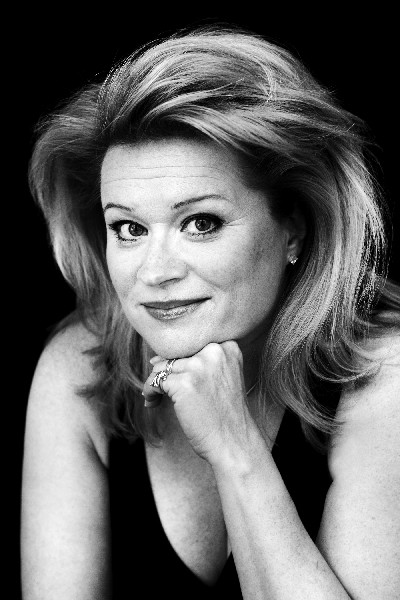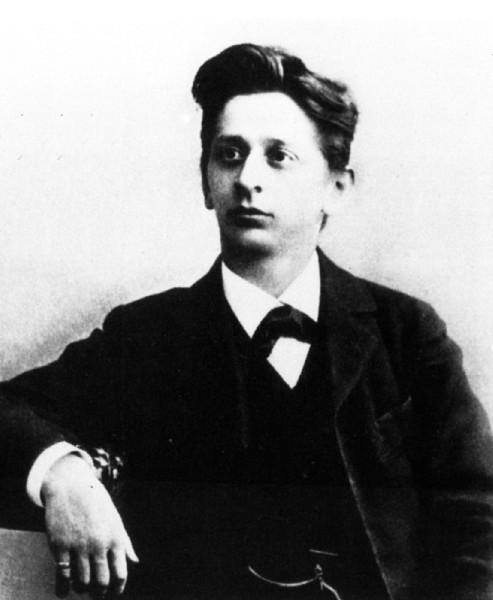Thomas Hampson at the New York Philharmonic
Neeme Jarvi Conducts Theatrical Music
By: Susan Hall - Nov 06, 2009
Neeme Jarvi, Conductor
The New York Philharmonic
Avery Fisher Hall
November 5, 2009
Hillevi Martinpelto, Soprano;
Thomas Hampson, Baritone
Beethoven: Overture to The Creatures of Prometheus
Mozart: Symphony No. 38 in D Major, Prague
Zemlinsky: Lyric Symphony in Seven Songs, After Poems by Rabindranath Tagore
As conductor Neeme Jarvi entered the stage last night, at Avery Fisher Hall, it was clear that the race would go to the swift. Before the audience could catch a breath, the baton was up and the first notes of Beethoven's Overture to the only full ballet he'd ever composed struck. The Creatures of Prometheus is beautiful, a piece written at the turn of the 19th century and anticipating many works to come -- in a set of contradances, as the theme for his Variations for Piano, Op. 35 and as the finale for the Third Symphony, the Eroica.
The Philharmonic deepens our music appreciation with many supplements. I am always surprised and delighted by the notes and videos on their website, nyphil.org. In a preconcert lecture on the evening's compositions, Victoria Bond, a noted composer and conductor, spoke (played piano and sang) insightfully and wittily about the upcoming program.. She pointed out the opening chord in the Beethoven, an unusual 7th which resolves in a succession of dramatic chords -- an approach which Beethoven liked enough to use again and again in other works. The tempi taken by Maestro Jarvi were to be sure brisk, but in Beethoven's Overture and the Mozart Symphony No. 38 which followed, they were exuberant, not rushed.
Mozart's Marriage of Figaro had been first performed in Prague in the fall of 1786, and Mozart and his wife were invited for a state visit to honor the opera whose tunes everyone on the Czech streets was whistling and humming (according to Mozart). Composers often musically quote themselves, and when they're great, this isn't so much self-referential as delight in taking a theme that succeeds and turning it on its head, creating variations, taking a second look-see. It's fun in the Mozart to hear the music of Figaro in the concluding presto -- quoting the duet between Susanna and Cherubino just before he leaps out of the window of her boudoir. One movement of the symphony was composed before the whole was even a gleam in Mozart's eye.
Maestro Jarvi took his bow after the Mozart -- less than a half hour after the concert had begun, a record for sure. But he was never rushed, just brisk, clear and commanding. The Mozart shimmered.
Having heard the Zemlinsky just once, I could not imagine taking this sumptuous "Lyric" Symphony at anything other than a magisterial pace. Maestro Jarvi returned in a different mood after the intermission.
Although there are no echoes of India in the symphony, it was inspired by the poems of Rabindranath Tagore who was all the rage in Europe after the publication of his work in German, French, and Italian. He won the Nobel Prize for Literature.
Zemlinsky never missed a performance of the "Ring", which he often conducted, but on an evening when he was invited to meet Tagore, he turned his baton over to an assistant. This was the beginning of a beautiful merger -- Zemlinsky particularly taken, not with the mysticism of Tagore, but with his eroticism.
The Czech composer Janacek also attended the Tagore reading and wrote: "Â…Tagore did not speak. He sang -- his voice sounded like a nightingale's song." Tagore declared that melodies of the East are intended for the solitary, European music for the multitudes.
Zemlinsky's passion is on display in this music, which also reflects his personal suffering -- heightened by unsuccessful approaches to Alma Schindler who defected to Mahler, and rebuffs from Luise, who years later would become his second wife. During the composition of the Lyric Symphony Zemlinsky was in a cat and mouse chase with Luise and the songs of this symphony reflect his agony as he fails in the quest.
Years later, when they married, Luise realized that the baritone is addressing her when he sings, "I have caught you and wrapt you, my love, in the net of my music." ('Heavily perfumed' and 'rich in arabesque and metaphor', the raptures offered here make this evening great date bait!)
In the sheet music for this piece, you see only black -- so many notes are so closely packed together. Maestro Jarvi conducted with exquisite care and discipline, drawing lucidity from the orchestra which swept the audience along with the abandon of the music. The piece compels, plunging from peaks of frenzy to troughs of intense calm.
Thomas Hampson, the baritone who is artist-in-residence at the Philharmonic this year, was in fine form. His unusual talent for the dramatic was on display, but this evening I was struck by the richness of Hampson's voice.
Just as Luise and Zemlinsky were distant communicators at the time, so too, the beautiful Swedish soprano, Hillevi Martinpelto, was distant from Mr. Hampson. They stood on either side of the conductor and there were no duets. As a matter of fact, in the song text, the soprano can only gaze at the passing baritone and hurl her ruby ring toward him (she imagines the ruby will be crushed bloodlike by the wheels of the carriage).
Why have we not heard more of Ms. Martinpelto in our local opera houses? Her lush dramatic soprano soared in her songs, and ranged from an exquisitely delivered sotto voce to a brash and exciting upper register.
Zemlinksy, in addition to creating a work of power and majesty, provides many musical details which give pleasure. There's a moment where the rebuffed woman's hair tumbles down Rapunzel-like in the woodwinds, and other moments when the appearance of the flute hovers like countervailing joy over the rest of the orchestration --- a keen call in vanishing strains.
Apparently Zemlinsky's operas are often performed in Europe. This evening's Lyric Symphony whetted my appetite for their production here.
Don't be put off by the unfamiliar Zemlinsky name. His work is not composed in the sometimes disquieting 12 tone style of his student Schoenberg (who married Zemlinsky's sister!). It is a beautiful piece -- eminently approachable, and the singing of both Mr. Hampson and Ms. Martinpelto is gorgeous.
The program will be repeated on November 6 and 7 at 8 pm, and on November 10 at 7:30 at Avery Fisher Hall.






